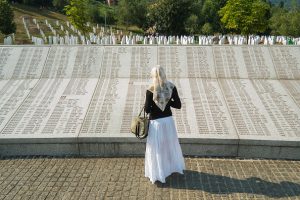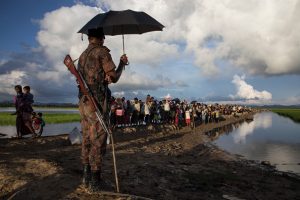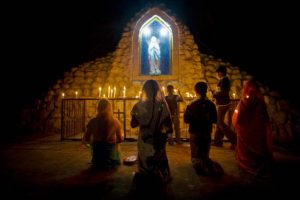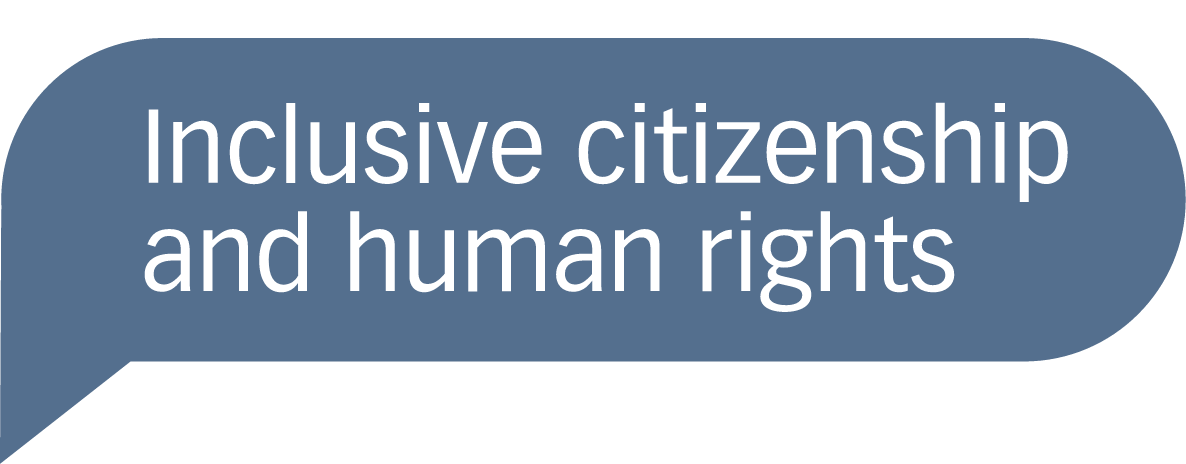Course: Genocide and Group Hostility
Genocide and Group Hostility
In this course we will explore genocide and other mass atrocities, using cases such as the Rwandan genocide, the Srebrenica genocide, and the Yazidi genocide.

PILOT VERSION – PLEASE DO NOT SHARE
The UN Genocide Convention was negotiated and adopted in 1948 in the aftermath of the Holocaust. In this course, we will explore selected cases from recent decades affecting different ethnic and/or religious groups: Tutsis in Rwanda, Bosnian Muslims in Bosnia-Herzegovina (Srebrenica), and Yazidis in Iraq and Syria. When discussing genocide and other mass atrocities, we will also consider more recent cases of mass atrocities that have been reviewed by the International Court of Justice (ICJ) under the obligation of states to prevent genocide.
Course Aims
This course will provide resources that enable you to
- Recognize shared characteristics and key differences that define genocide and other mass atrocities
- Understand genocide through the lens of different cases from recent decades
- Explore the relationship between group hostility, religious identity, gender, and genocide
- Recognize warning signals that may escalate to genocide or other mass atrocities, and gain insight into preventive mechanisms
- Learn about different legal and non-legal approaches to restoration after genocide.
Course Modules
This course is divided into four main modules, addressing the following main topics:
- the definition of genocide according to the UN Genocide convention; other conceptions of genocide; political use/misuse of the term
- differences and similarities between genocide, ethnic cleansing, war crimes, and other types of mass atrocities
- group hostility and dehumanization as factors leading up to genocide, as well as political/contextual and other factors used to mobilize for genocide
- recognition of warning signals, possible escalations towards genocide
- mechanisms for the prevention of genocide
- the struggle against impunity after genocide
- models for reconciliation after genocide
Approach / Methodology
This is an interdisciplinary course, which integrates international human rights law with perspectives from other disciplines such as history and political science. The course is also characterized by a comparative and case-based approach.

